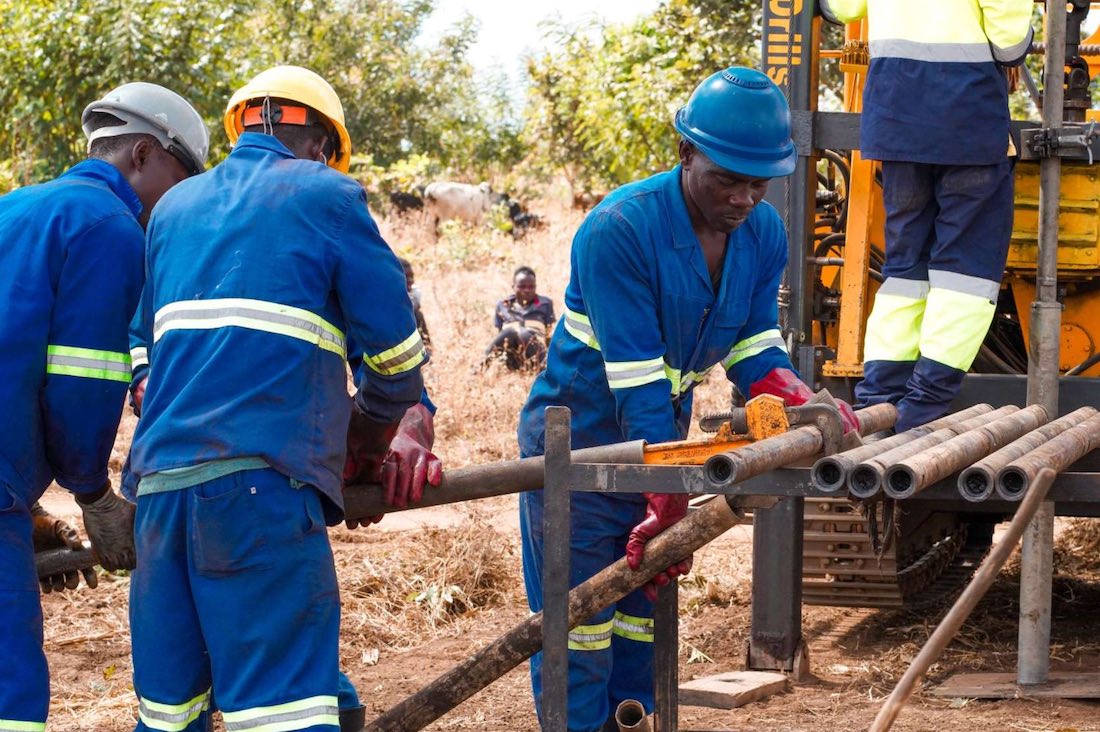Access to commercial banks triples

Access to commercial banks more than tripled to about three branches per 1 000 square kilometres in 2012, the International Monetary Fund (IMF) Financial Access Survey database indicates.
The database, which is updated annually, indicates that access to financial services has improved with commercial bank branches per 100 000 adults rising to 3.35 in 2012 from 1.09 in 2011. The survey also indicates that access to ATMs per 100 000 adults stood at over four people by end of last year.
But experts note that low penetration of formal banking and financial services still characterise the country, although access to financial services has improved, mainly because of the entry of new players in the banking industry.
According to two FinScope studies conducted in 2008 and 2012, 55 percent of the adult population and 59 percent of small and medium enterprises are financially excluded.
In an interview on Wednesday, Mike Mlombwa, president of Indigenous Business Association of Malawi (Ibam)—whose membership mainly covers small and medium enterprises (SMEs)—noted that although access has improved in terms of geographical reach, many businesses fail to access finance because of high interest rates.
Mlombwa argued that many businesses cannot afford to borrow and service their loans from commercial banks at the current exorbitant rates which hover over 40 percent.
“We have noted that commercial banks are opening branches even in rural areas, which is actually good, but this is not enough if businesses cannot access loans through the banks due to high interest rates. We are aware of the current economic problems, but we believe that there is a lot that can be done by either government or the commercial banks themselves to improve the situation,” he said.
According to the database, SME deposits with commercial banks declined to 4.88 percent of gross domestic product (GDP) in 2012 from 5.75 percent in 2011. The survey also indicates that outstanding SME loans rose 1.96 percent in 2011 to 3.21 percent in 2012.
However the Reserve Bank of Malawi (RBM) governor Charles Chuka, who is registrar of financial institutions in the RBM 2011 bank supervision report, notes that during the year to improve the banking system they continued to undertake activities aimed at strengthening the safety and stability of the banking system.
“Notably, significant strides were made with regard to preparatory work for the implementation of Basel II, consolidated supervision, financial inclusion, anti money laundering drive, deposit insurance scheme, the review of bank regulations and directives and the licensing of two operators to offer credit reference bureau services,” said Chuka.






Tipepha a boma komanso ma bank Malawi kuti awonetsetse pakuthandiza anthu AMA business an’gonoang’o pakuwapatsa ngongole